Introduction
In September 2017, the (then) Austrian Minister of Defence announced that the soldiers of the Bundesheer (Austrian Armed Forces) will be equipped with a new camouflage uniform system – the Tarnanzug Neu. Step by step, starting in 2018 (which was delayed), the old solid colour (the famous RAL 7013) uniforms are to be exchanged with a uniquely designed camouflage pattern.
The prototypes were already presented during this press conference and provided an initial first impression of what is to come – resulting in mixed feelings by the general public and soldiers alike. On the other hand there were and are plenty of people, who welcomed this move and were excited about these news.
But what were/are the two main reasons for the mixed feelings?
- First of all, RAL 7013 is a well liked colour, known to be versatile, while enjoying somewhat of a cult status in Austria. One could say it has a firm place in the collective memory of the public.
- Secondly, the obvious change to a universal camouflage pattern, mainly composed of a bright tan background colour, led to irritations, having in mind the Central European and mostly green landscape of Austria (more on that later).
Then nothing happened for a long time. The year 2018 came and went, no camouflage uniforms were fielded, but instead Austria saw a change in government and as a result a new Minister of Defence. Personally, I considered the camouflage pattern dead, knowing quite well the dire financial situation of the Austrian defence budget as well as the political landscape of Austria. Needless to say, I was proven wrong.
I got confirmation of the fabric actually being printed in summer 2018. This came as a surprise to me, since I was told by people involved that some colours are giving the printers issues and that there was a change in the printing company as a result.
Then again no news for quite some time, until in early March 2019 the current Minister of Defence presented the new uniform to the general public.
Being the camouflage addict that I am, I had to try to get my hands on a set, to do what I do best. Interestingly, and also luckily, this proved to be easier than initially expected. With the help of the Austrian Armed Forces public relations team, I got the permission to collect a full set directly from the source (on loan unfortunately) and do my tests.
With that being said, let’s take a closer look at what is called the “Tarnanzug Neu” in a typically military nomenclature – loosely translated: Camouflage Suit New.
Tarnanzug Neu – Camouflage Suit, New
Before taking a closer look at its performance, a little background on the pattern itself might be of interest.
Development
The initial order for its development was issued in September 2016 and asked for an universal camouflage pattern, without any further elaborations. With that in mind the development began and resulted in a pattern, which uses spots instead of digital elements, which were used in two other Austrian camouflage patterns – namely the “Tarndruck SEK”, which is used by the Jagdkommando (Austrian Special Forces) and the “Tarndruck beige”, which is in use by Austrian UNIFIL peacekeepers. [“Tarndruck” means camouflage print in german]
The newly developed pattern for “Tarnanzug Neu” system builds on these two other camouflage patterns in the sense that the overall design blueprint is the same, although it is implemented by spots instead of pixels. This becomes apparent by looking at the anthracite coloured, horizontal stripes in the background, as well as the brown mid sized spots.
Another fact is the use of the same colours. The “Tarnanzug” incorporates the colours of the Special Forces’ “Tarndruck SEK”, with two differences – the blue-grey and the brighter background colour being ivory. Overall six colours are used, which I was able to narrow down with the help of a fellow camouflage connoisseur: anthracite, beige-grey, grey-beige, ivory, blue-grey and reseda.
Accordingly, the pattern for the “Tarnanzug Neu” system is apparently following the approach most (but not all) “universal” camouflage designs use: a semi-arid colour palette to create a pattern, which conceals “good enough” in most environments, instead of “ideal” in only one specific area of use. With that in mind, soldiers are provided a basic concealment in all environments.
It is also worth mentioning, that the colours of the Austrian pattern were specifically chosen because of their remission values. In theory, this should result in a more difficult identification when encountered by optronic devices like night vision.
The change to the new camouflage pattern also resulted in a new uniform design, giving soldiers the option to use protective inserts for elbows and knees. [in this review I will not look at these features]
Something that I immediately observed was the difficulty in capturing the colours of the camouflage pattern using my camera. The ripstop fabric (67/33 Poly/Co) and the dye used, result in quite the metamerism, meaning that depending on the light, it rapidly changes its appearance. This was probably also the reason for the strange appearance during the initial press conference and several pictures in the news papers. In any case, the fabric also exhibits heavy fabric shine, when new. So direct sunlight has its effect on the look as well.
The plan of the MoD is to issue around 3-4000 uniforms per year and phase out the older uniforms step by step. Other camouflage patterns are supposed to be in a planning stage as well: a desert variant (which I was able to see on display, while picking up the uniform – and which looked very impressive), as well as a winter camouflage. Additionally, it is said that the Jagdkommando is supposed to receive a newly designed and updated camouflage (first designs imply a Multicam derivative with the “Tarndruck SEK” colours).
With all these informations in mind, let’s take a closer look at the Tarnanzug Neu itself.
Methodic remarks
As always I want to point out several aspects before starting the review: I do not claim any scientific standard with any of my camouflage field tests. Also, I conduct them with my best knowledge as well as the available resources.
Before I start, please consider the following – as always.
I did not edit the pictures in any special way, except the following:
- Lens correction
- Watermark
- Blurred my face out if necessary
- .jpeg compression to make it web compliant
- I always do a proper White Balance to make colours appear the way they are.
A short explanation to the environment and the procedure:
The pattern was tested in a typical European mixed forest with (if not stated otherwise) a high foliage canopy and some basic bushes, ferns and little trees on the ground. This time I chose to add pictures with a solid colour plate carrier, since Austrian troops are equipped with RAL 7013 coloured vests. In doing so I want to show the difference between a full camo appearance and the combination with a solid colour, disrupting the pattern.
The pictures portray three different positions:
- Standing in the open (to get an idea of the pattern in this particular surrounding and if the colours match it)
- Kneeling (to give an idea of a typical, minimized silhouette)
- The prone position (to mimic basic, up to ideal concealment without using vegetational enhancements)
As always I photographed with a wide angle lens (18mm) at first and then with a 35mm zoom, which mimics the actual picture the human eye would perceive at this distance. Having in mind the three different positions mentioned before, I ended up with 12 pictures for each location.
The distance to the camera is always 10-15m, the wide angle makes it look further away (which is the point).
With that being said, let’s take a closer look at the pictures themselves.
Location 1 – Spring time (April)
This first location is the usual one readers might know from previous reviews, providing a reference point to other field tests. It is a typical European mixed forest with a high foliage canopy and some basic bushes, ferns and little trees on the ground. In the last reviews, this location was full of lush greens. Now in Spring everything turned into more yellowed and decayed colours, with more browns and less green.
The camera is standing roughly 10m away from the human silhouette.
Wide angle shot – standing
Having in mind the first pictures and the overall brightness of the pattern, it is actually quite interesting to see the “Tarnanzug” in this setting. The horizontal stripes of the macro pattern, in combination with the high contrast to the bright background colour disrupt the silhouette very effectively. The blue-grey and reseda green interact with each other and blend into a blueish green. The midi elements of the pattern create additional shades and nuances.
Even though the colour palette does not perfectly fit the environment, it is not standing out either.
35mm, showing the actual distance – standing
Closing in to roughly 10m, the macro elements become more visible, but also darker. The anthracite colour becomes more apparent, as do the midi elements. As a result, the interaction of the blue-grey and reseda green become more visible.
Again, while the colours do not resemble the surroundings perfectly, the high contrast of the macro elements disrupt the silhouette. The tan (ivory) background colour actually provides the best effect in this case, since it gives the impression of “looking through” bushes.
Wide angle shot – kneeling
As always, going into the kneeling position minimizes the human silhouette and improves the overall performance of any pattern. With the “Tarnanzug Neu”, this is not any different. By kneeling down, the whole pattern gets a bit compressed, favoring the dark macro elements.
35mm, showing the actual distance – kneeling
Looking at the actual distance, the blue-grey stands a bit out, while the tan is still providing the “see through” effect. Because of the compression of the pattern, the overall look becomes darker.
Wide angle shot – prone
As shown in the previous field tests, lying on the floor (especially in this location) provides excellent concealment – no matter which pattern is being used. In the case of the “Tarnanzug”, the tan colour works very well with the decayed ferns and grasses on the forest floor. The blue-grey makes the pattern stand out a bit, but not immensely. While other camouflage patterns are mostly not visible in this position, the “Tarnanzug” can still be located, but only if you look close enough.
35mm, showing the actual distance – prone
Closing in on the actual distance of 10m, the blue-grey becomes even more visible. While the pattern itself (with its macro and midi elements) is very effective in disrupting the silhouette, the colours are not a perfect match for this particular environment.
With Plate Carrier
As promised, I am providing additional pictures wearing an solid coloured plate carrier. Considering the fact that Austrian soldiers are equipped with gear in RAL 7013, I want to give an impression on how the dark OD interacts with the “Tarnanzug Neu” system. All the above mentioned remarks regarding this location apply. As you can see from the pictures, the dark OD is disrupting the silhouette even more so in combination with the bright tan background colour of the uniform, as well as the aggressive macro elements.
At the same time a major area for the camouflage pattern to work is lost due to the solid colour. In this particular setting the dark OD fits somewhat the environment, even though you start to realize, why other armies provide camouflage gear as well, or use brown solid colours instead.
Location 2 – Spring time (April)
The next location was not used by me for quite some time. Some readers might remember it from the very first camouflage field tests. It is an open area in a mixed forest, with random conifers, some deciduous trees as well as dense bushes and brushwood.
The weather was cloudy, so the light was quite soft in the open. As a result, fabric shine was not an issue. This location is a complete change of scenery and is much more suited for a semi arid camouflage pattern, given the dried grass and overall browner surroundings.
The camera is standing roughly 20m away from the human silhouette.
Wide angle shot – standing
In this location, with the dry grass in the front and also the background, the bright tan colour of the “Tarnanzug Neu” easily blends into the environment. The high contrast of the horizontal macro elements break up what is left of the silhouette. In the brighter light, the dark colours of the pattern are less apparent and the reseda green mix better with the blue-grey, matching the green tones of the surrounding conifers quite well.
35mm, showing the actual distance – standing
Closing in on the actual distance of 20m, the blue-grey becomes more apparent. In this setting the midi elements also work very effectively in breaking up the silhouette and creating shades as well as organic structures. The brown spots mimic the leaves of the nearby brushwood and the interaction of the green and brown dots/spots create more shades.
Wide angle shot – kneeling
Minimizing the silhouette by kneeling has the same effect like in location one. The appearance of the camouflage pattern becomes darker. The remaining bright tan areas blend into the surrounds, leaving the dark, high contrast macro elements as asymmetric structures. If you look at the shoulders and the legs you can observe the blending effect quite clearly.
35mm, showing the actual distance – kneeling
Looking at the same posture at the actual distance of 20m, the above mentioned observations become more apparent. In this setting the tan colour of the “Tarnanzug Neu” blends in really effectively. Again, the high contrast of the dark macro elements disrupt the silhouette. Even though the blue-grey interacts with the green spots, it also makes some elements appear unnatural. However, it does not impair the overall performance of the camouflage pattern.
Wide angle shot – prone
The prone position is added for the sake of completeness. With this floor, grass and brushwood, lying on the ground provides excellent concealment.
35mm, showing the actual distance – prone
Even by closing in on the actual distance, you can barely make out any signs of the camouflage pattern or the silhouette. Only if you know where to look, you can identify the blue-grey spots.
With Plate Carrier
Just like with location one, I want to provide additional pictures with a solid coloured plate carrier. All the above mentioned remarks apply in this case as well. What is noteworthy is the fact that at longer distances the disruption of the silhouette appears to be better with the OD gear. At close range the combination of the darker OD colour is again an impairment to the camouflage pattern itself.
Conclusion
The first field test of the “Tarnanzug Neu” system provided several interesting impressions. First of all it is clearly designed as a multi environment camouflage pattern, with all its positive as well as negative aspects. Given the fact that most of these “universal camouflage patterns” have a semi-arid environment in mind, the overall colour scheme is usually in the spectrum of brown and tan colours. It is a common understanding, that the thought behind this is to give average or “good enough” concealment in most areas, instead of ideal to perfect camouflage in only some or specific environments.
- As shown with location one, this results in a more or less decent camouflage effect in a mixed and green dominant forest, while providing quite excellent results in a more arid or dried out area, like shown in location two.
- Another finding was the fact that the pattern seems to be designed for long engagement distances. This is testament to the rich macro elements and the high contrast between the anthracite and tan colours. This also results in the pattern becoming less effective at close distance. Especially when using solid coloured gear.
- What stood out was the blue-grey colour in the pattern. Given the fact that the Tarnanzug Neu is also supposed to work in urban environments, I would suspect that this colour was added to help in this particular case. With that in mind, I will take the next round of this field test series into an urban setting.
It will be interesting to know, if the Ministry of Defence decides to equip the soldiers with camouflage gear as well. As far as I know there are no immediate plans for this.
Last but not least I am looking forward to the nickname this pattern will receive from the soldiers themselves. Historically the Austrian soldier had a habit of giving previous camouflage uniforms very particular names. The famous K4 pea dot pattern was coined “Fleckerlteppich” (loosely translated: rag rug), while the “Tarndruck SEK” of the Jagdkommando also was called “Kernöl Eierspeis” (translated to: pumpkin seed oil scrambled eggs – I know… this one gets lost in translation).
A dear friend of mine called it already… given the fact it was introduced to the Forces in Styria first, and also its overall appearance, he called it “Kürbistarn” – Pumpkin Camo.
With that being said, and ending this theoretical and dry review on a more funny note, I want to thank you for reading. I hope I was able to give a good idea of the pattern. I will try do do more field tests with it in an urban setting and also during more greener seasons, as well as high summer.
Last but not least I want to thank the people involved, who made it possible for me to get a set.
Thank you and take care!

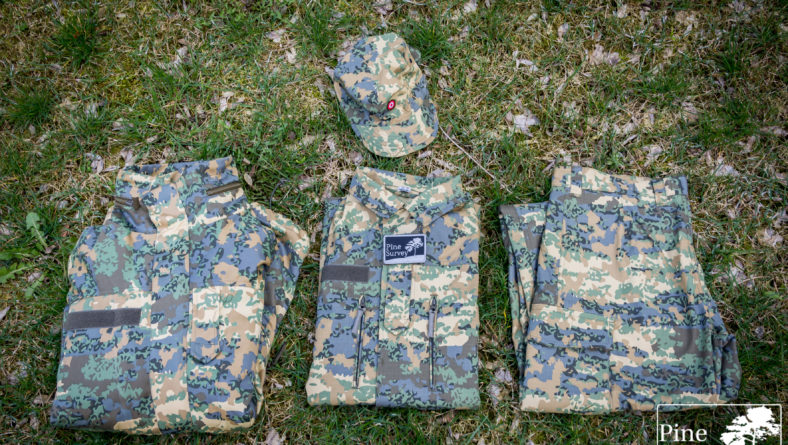
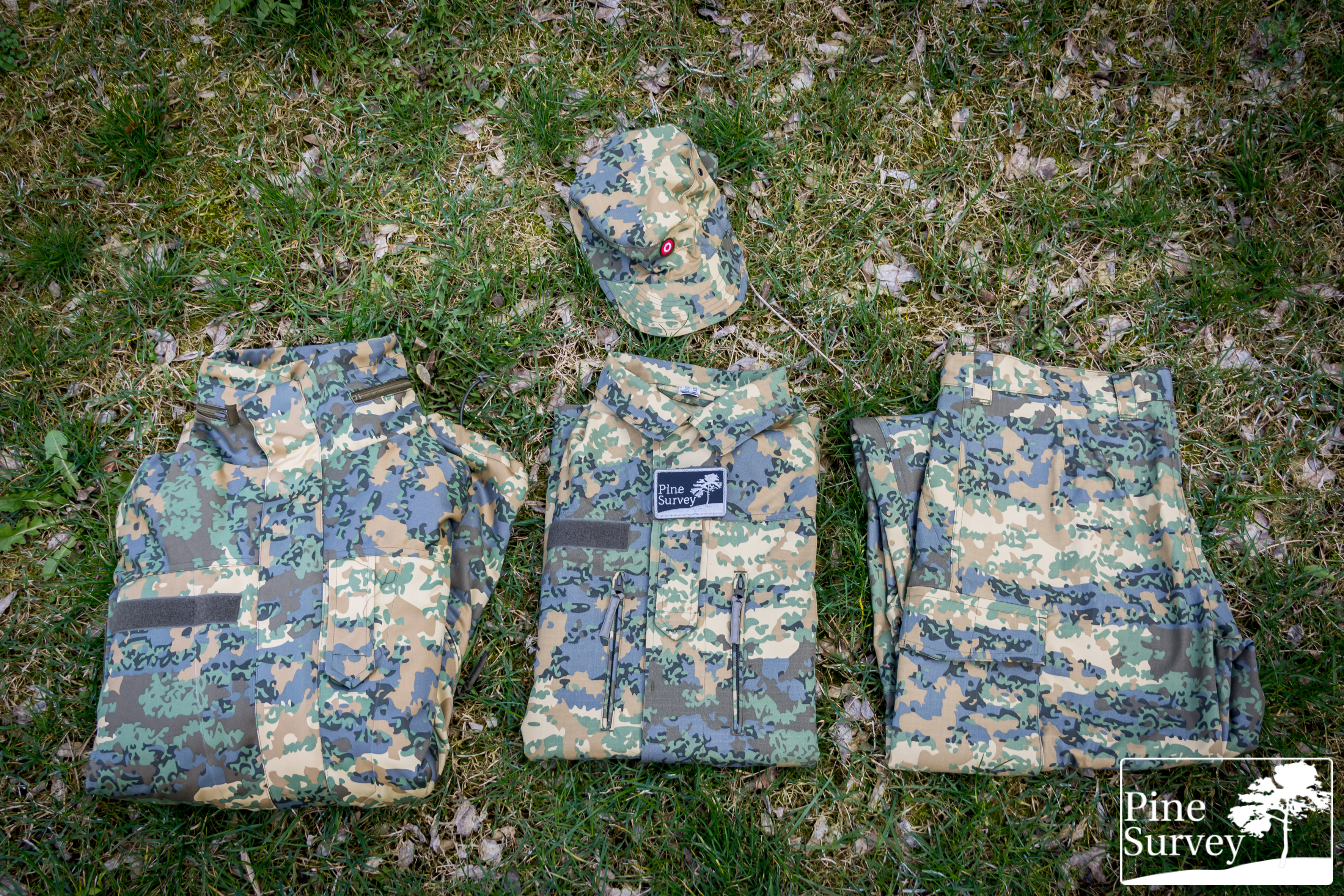
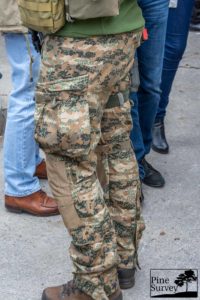
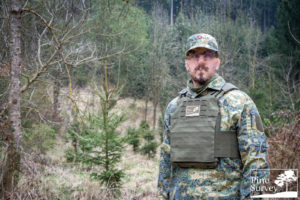
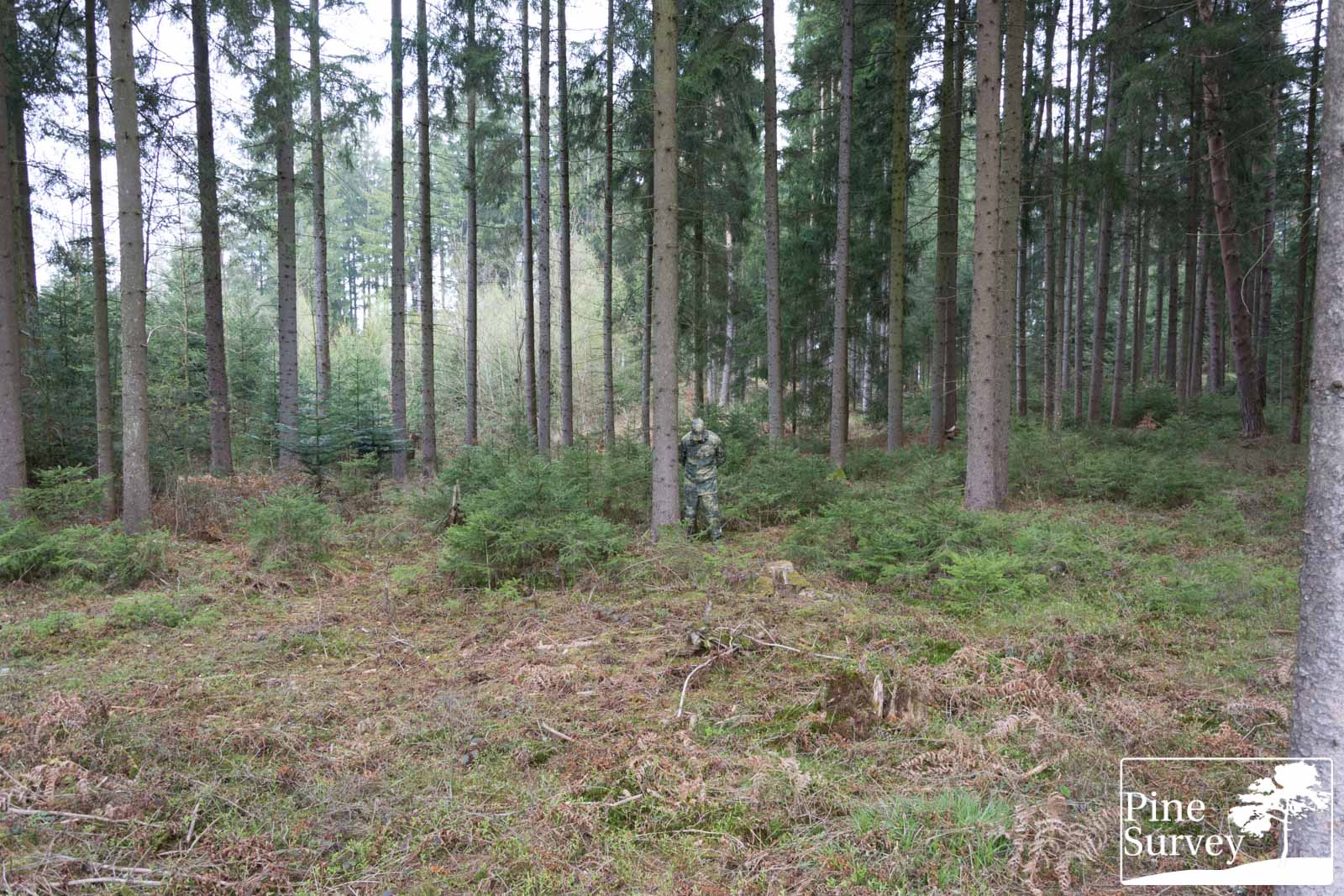
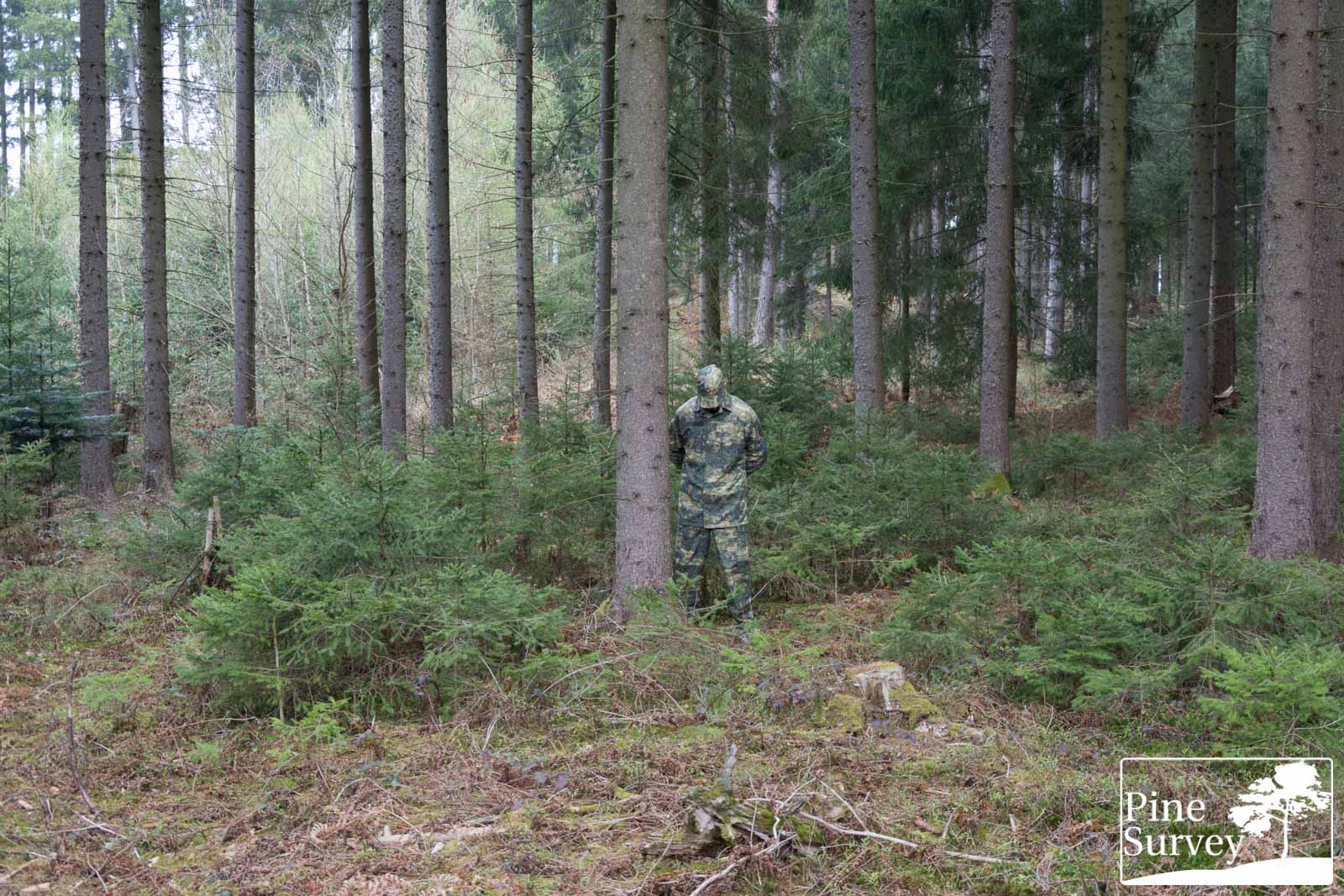
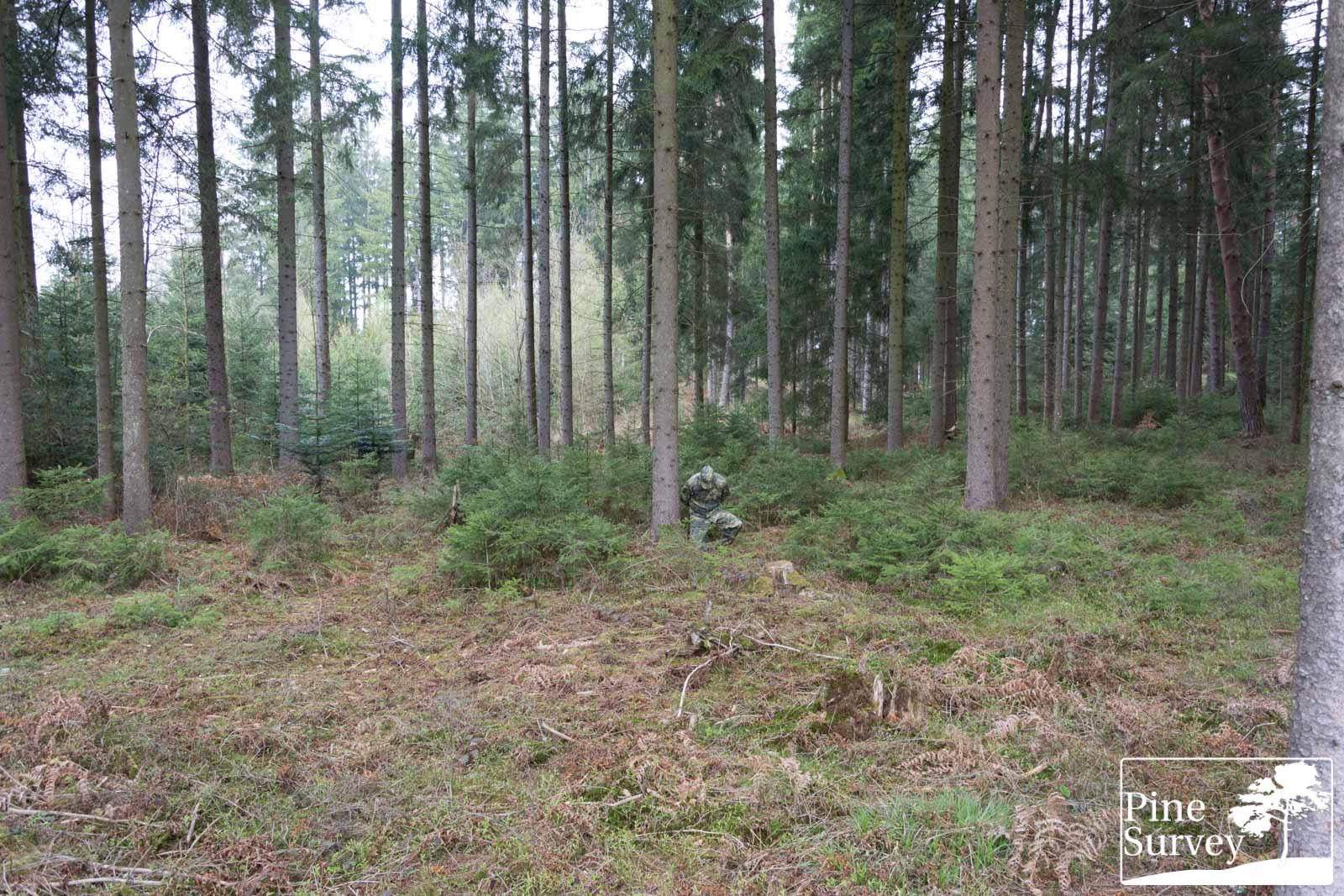
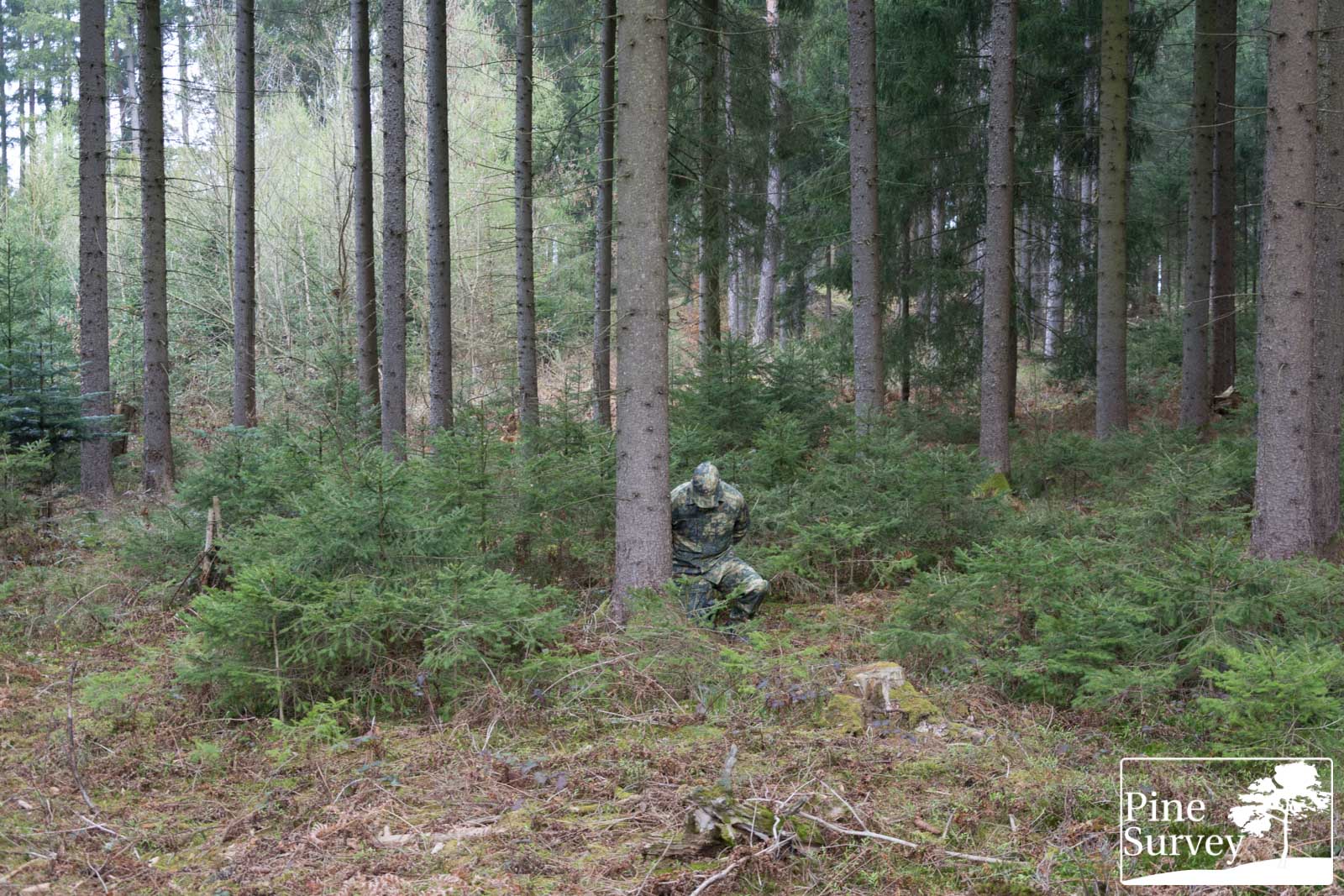
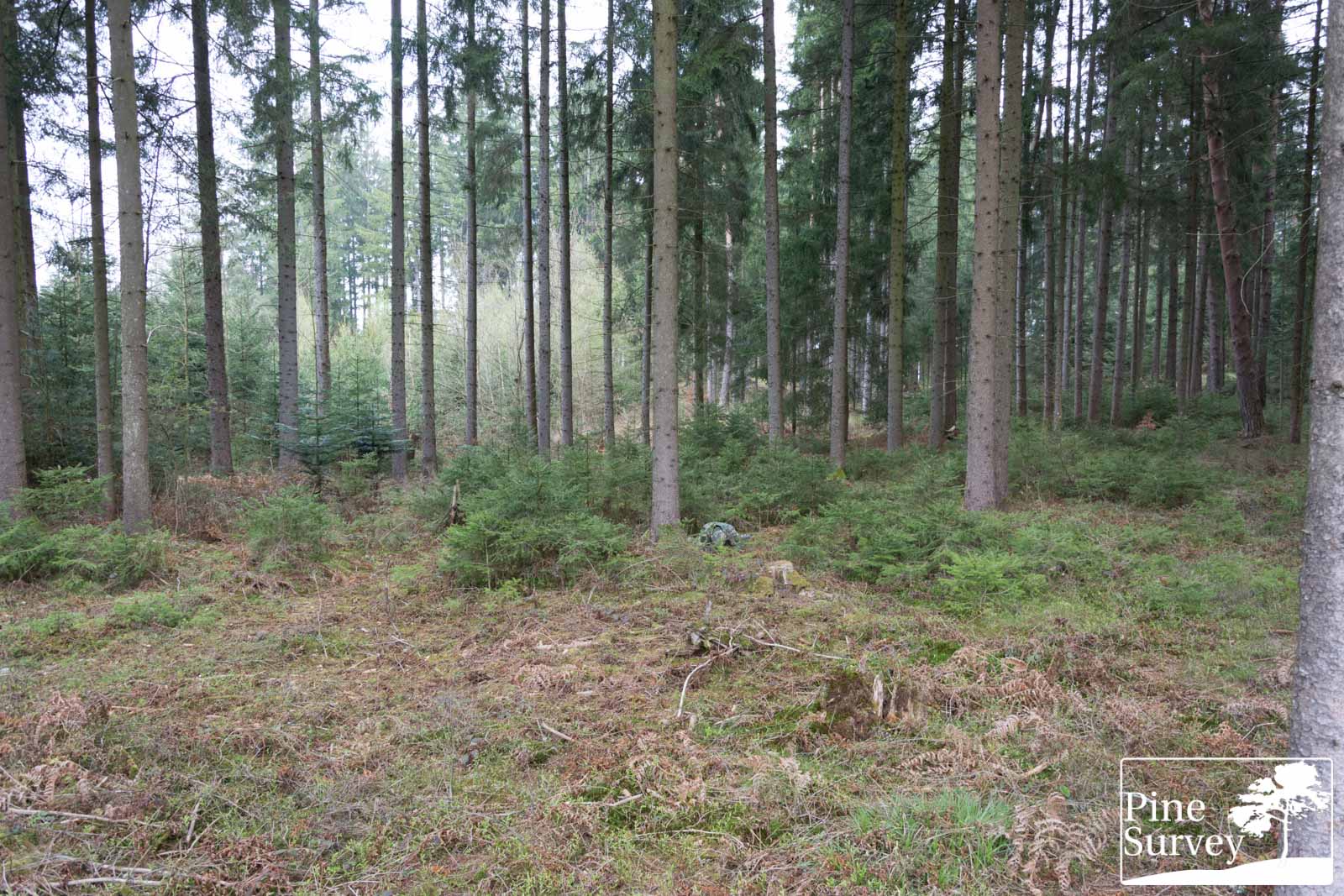
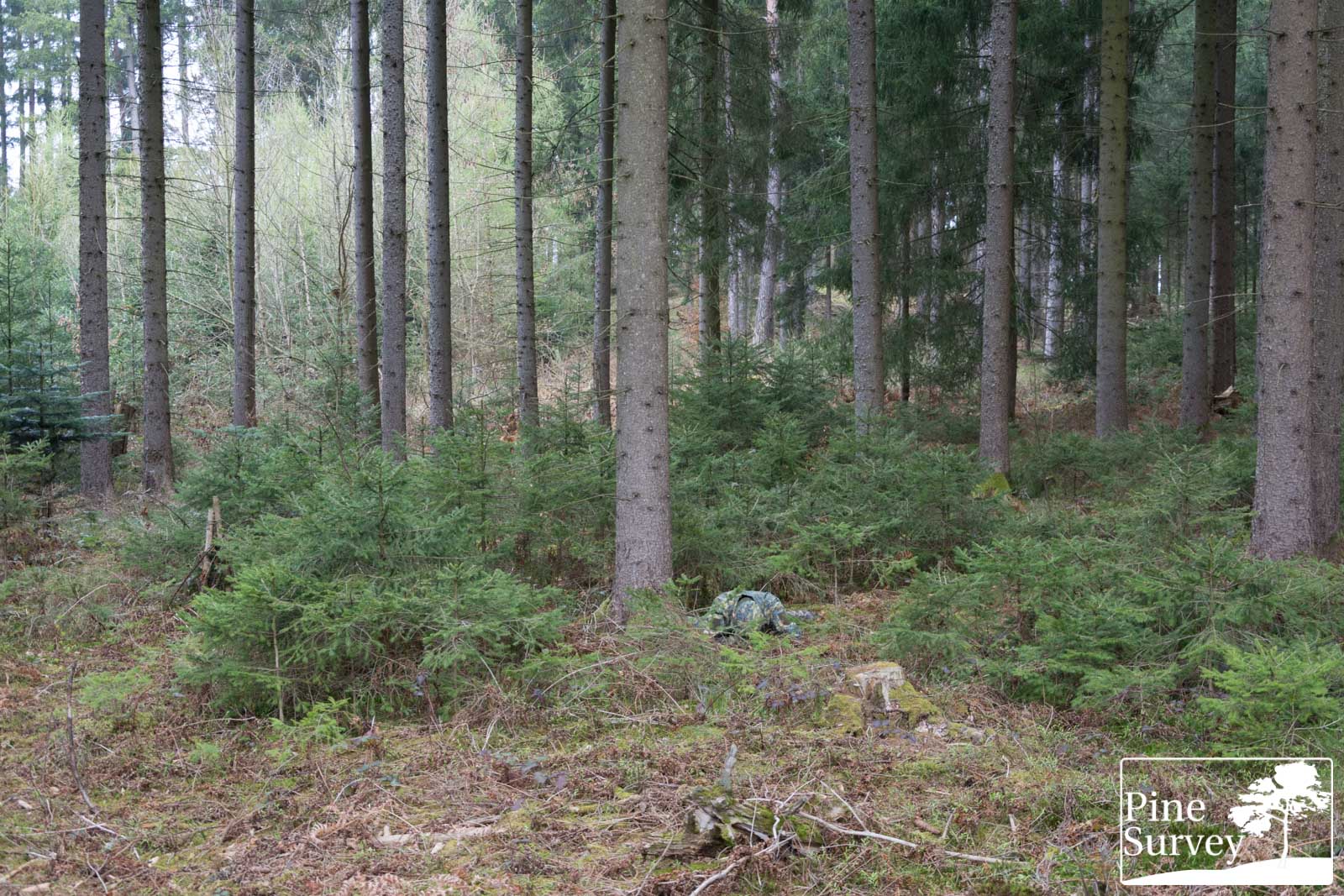
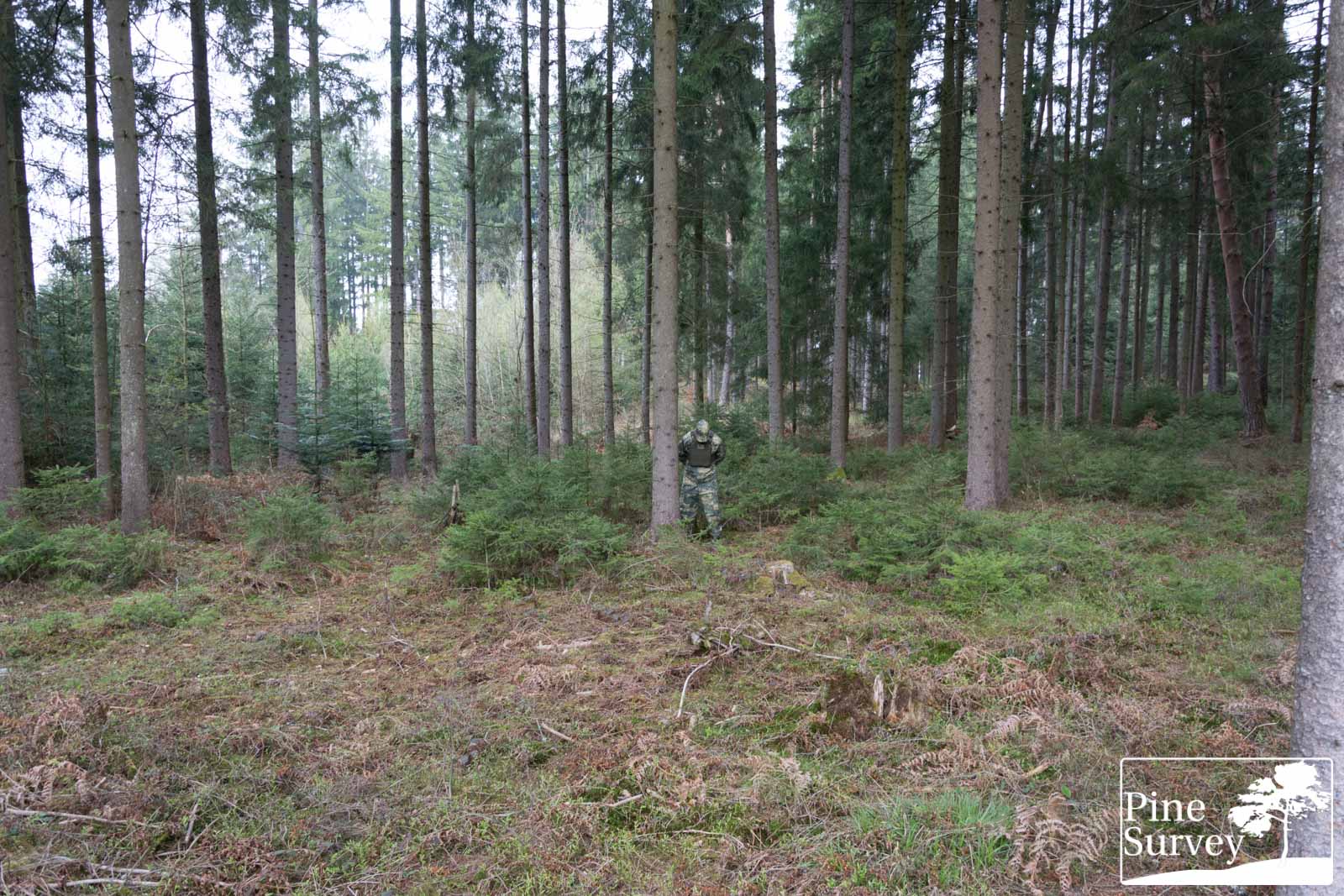
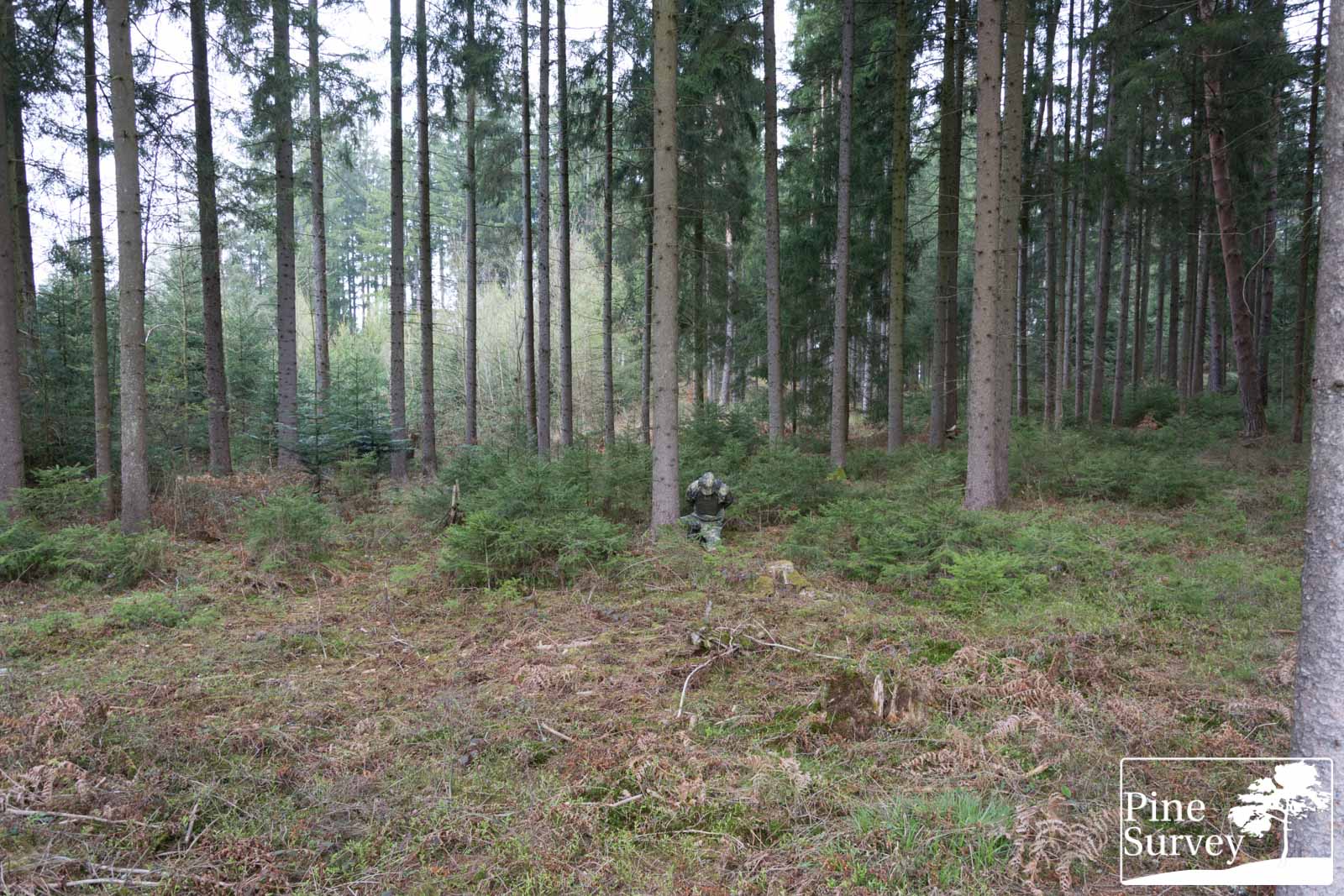
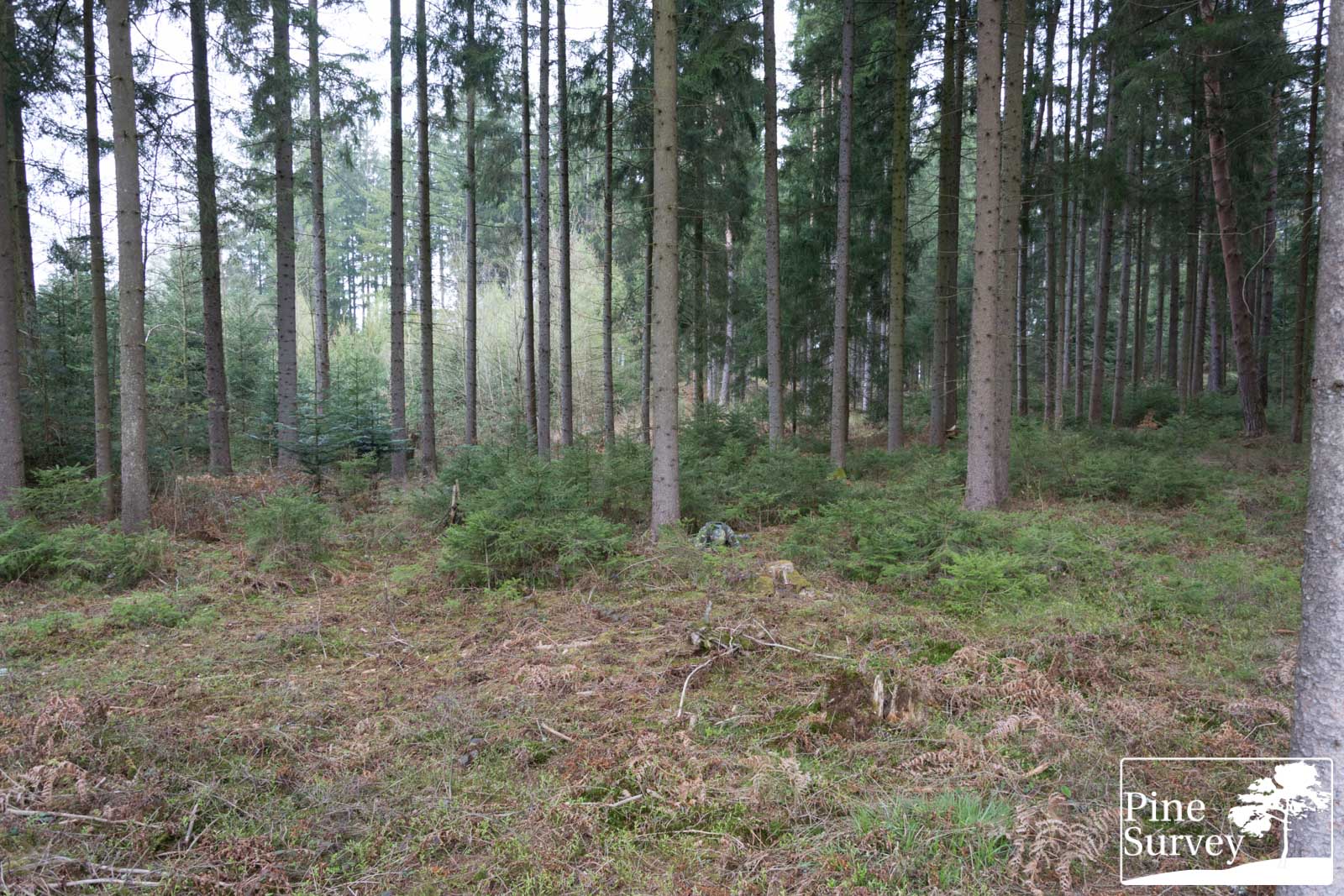
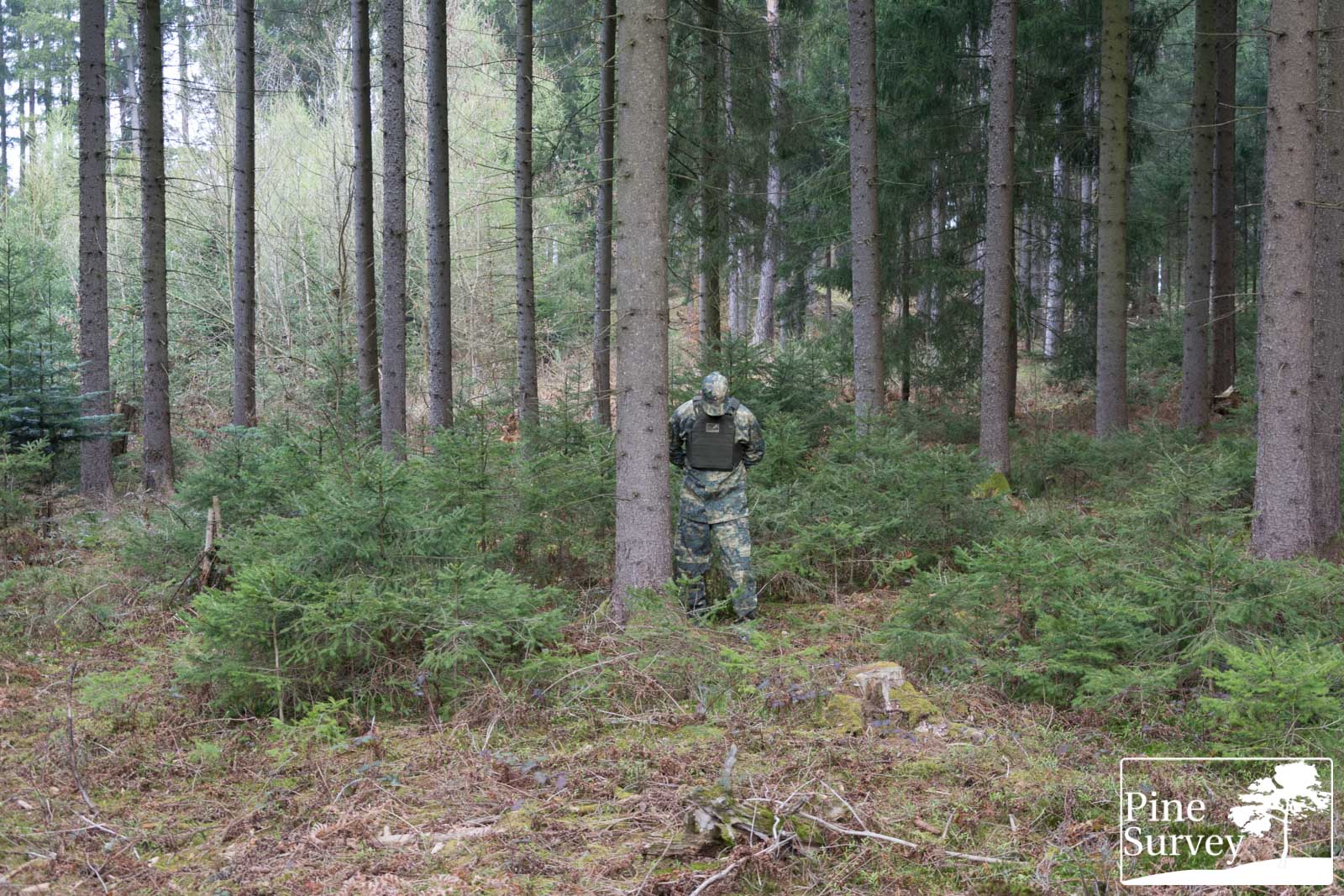


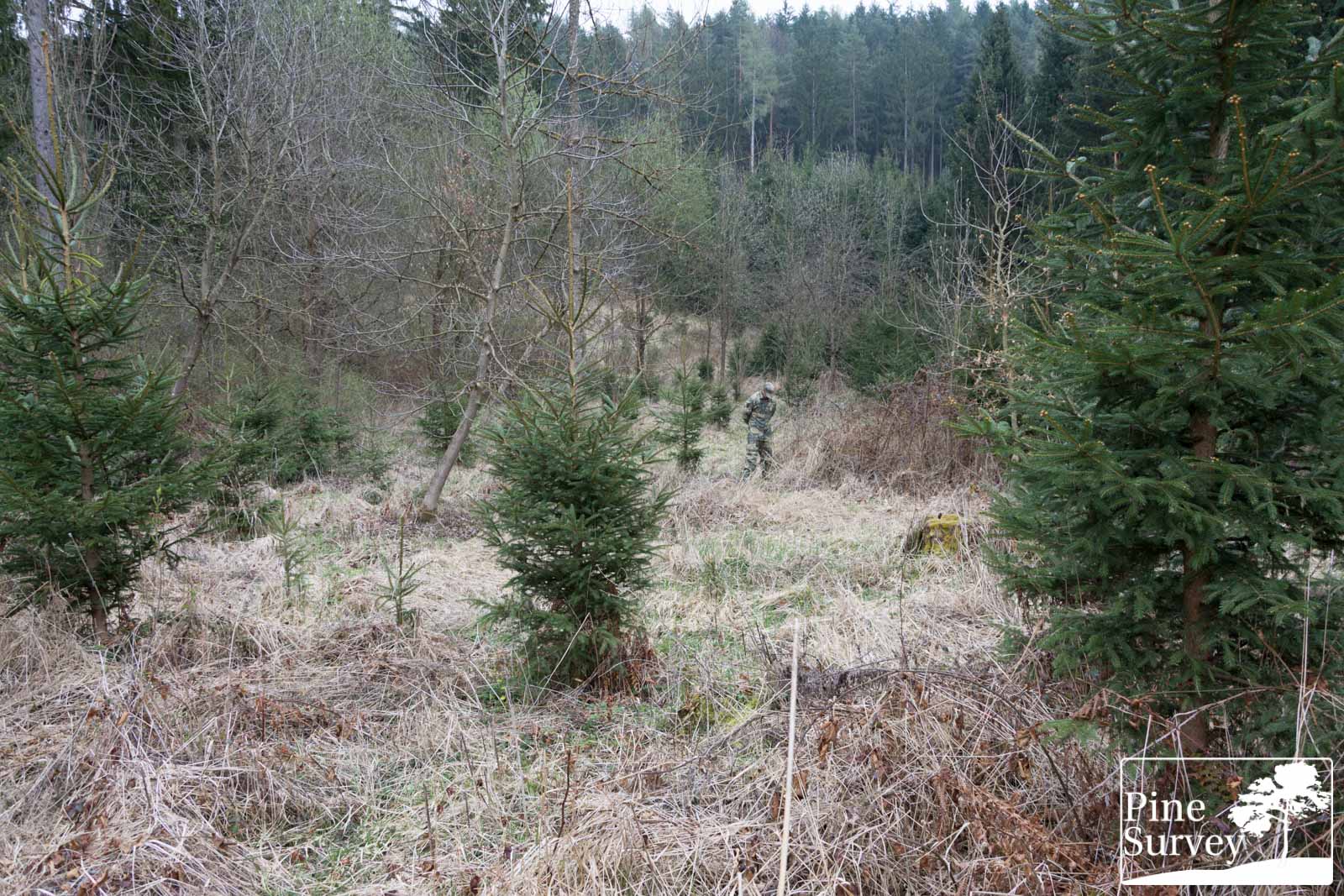
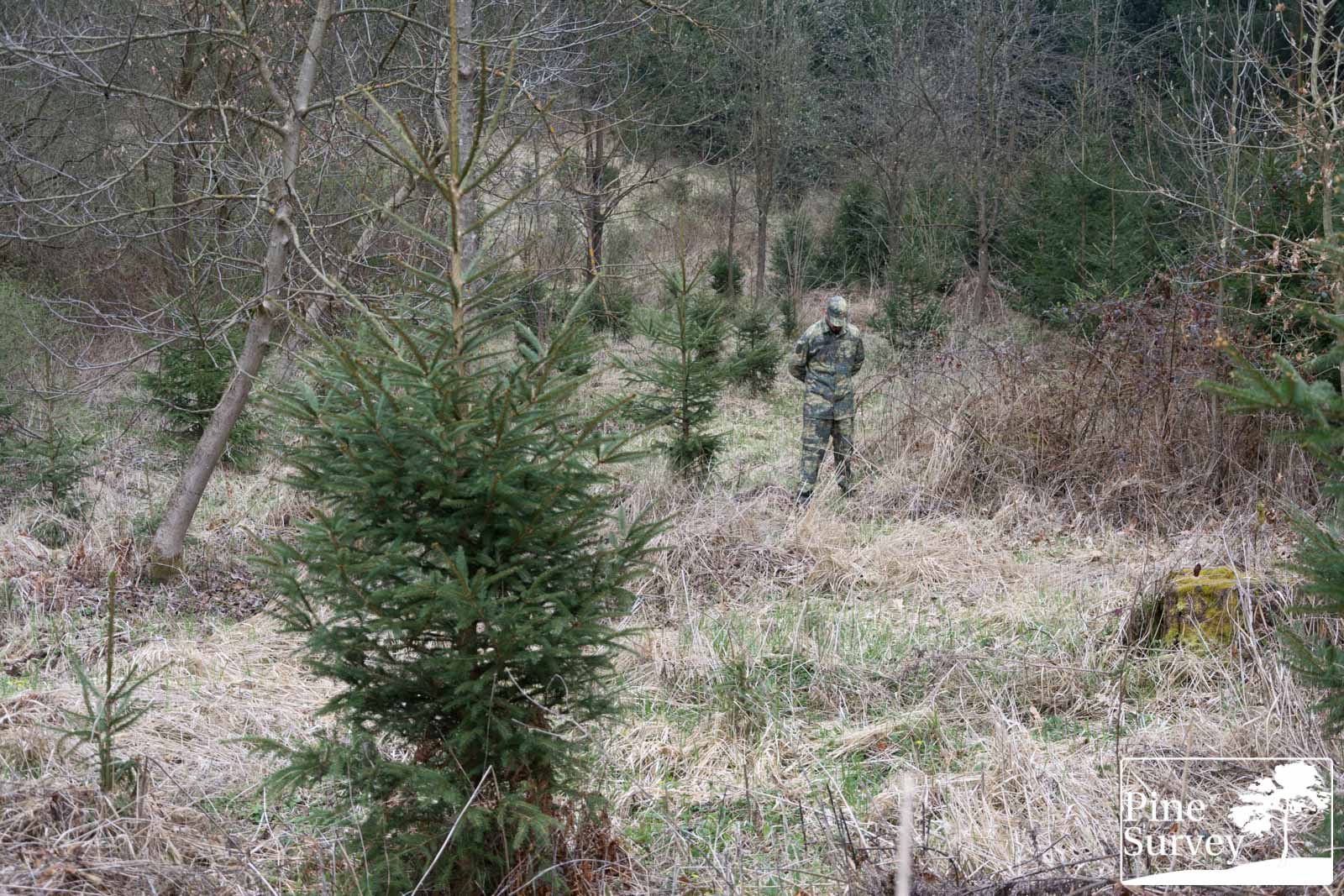
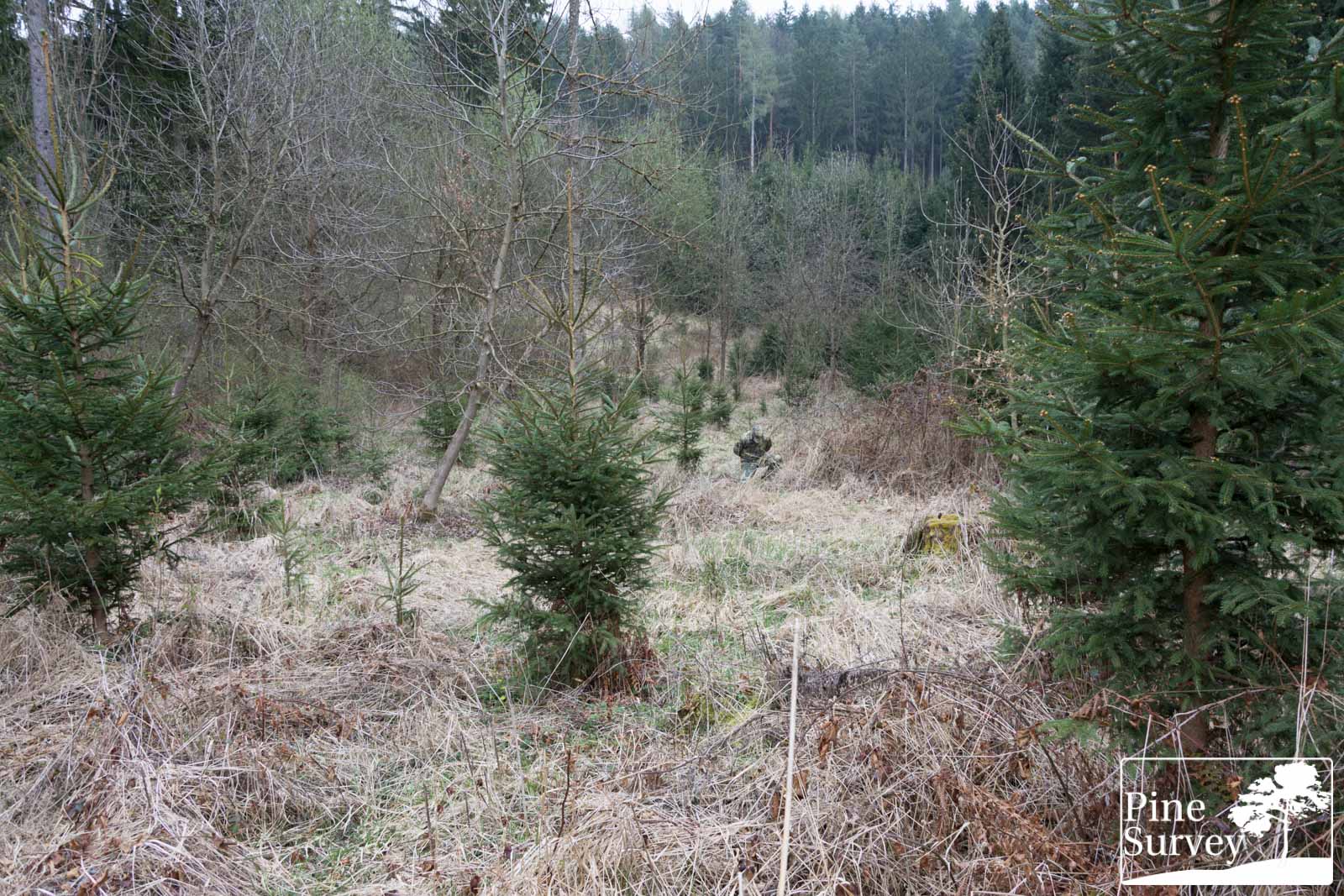
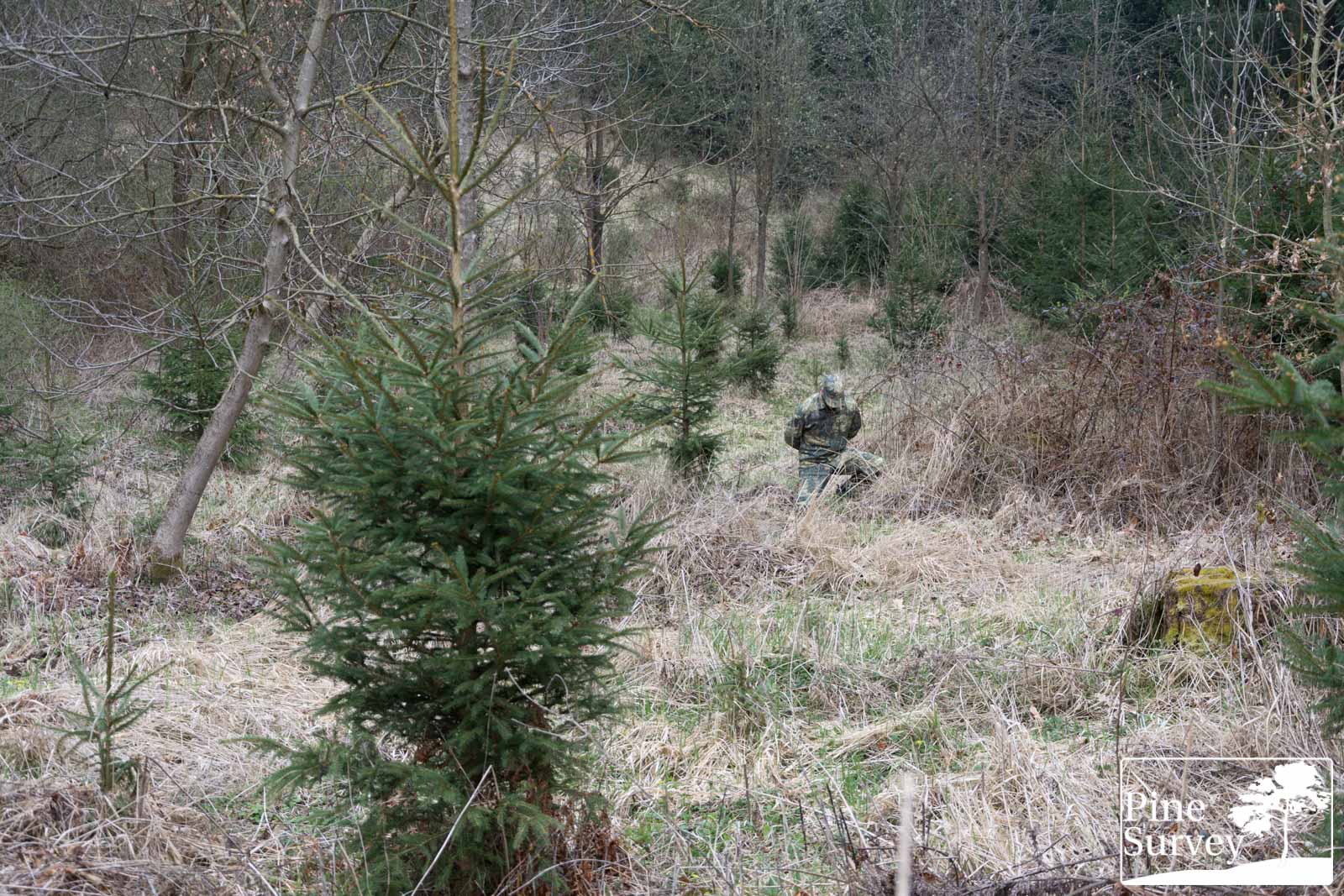
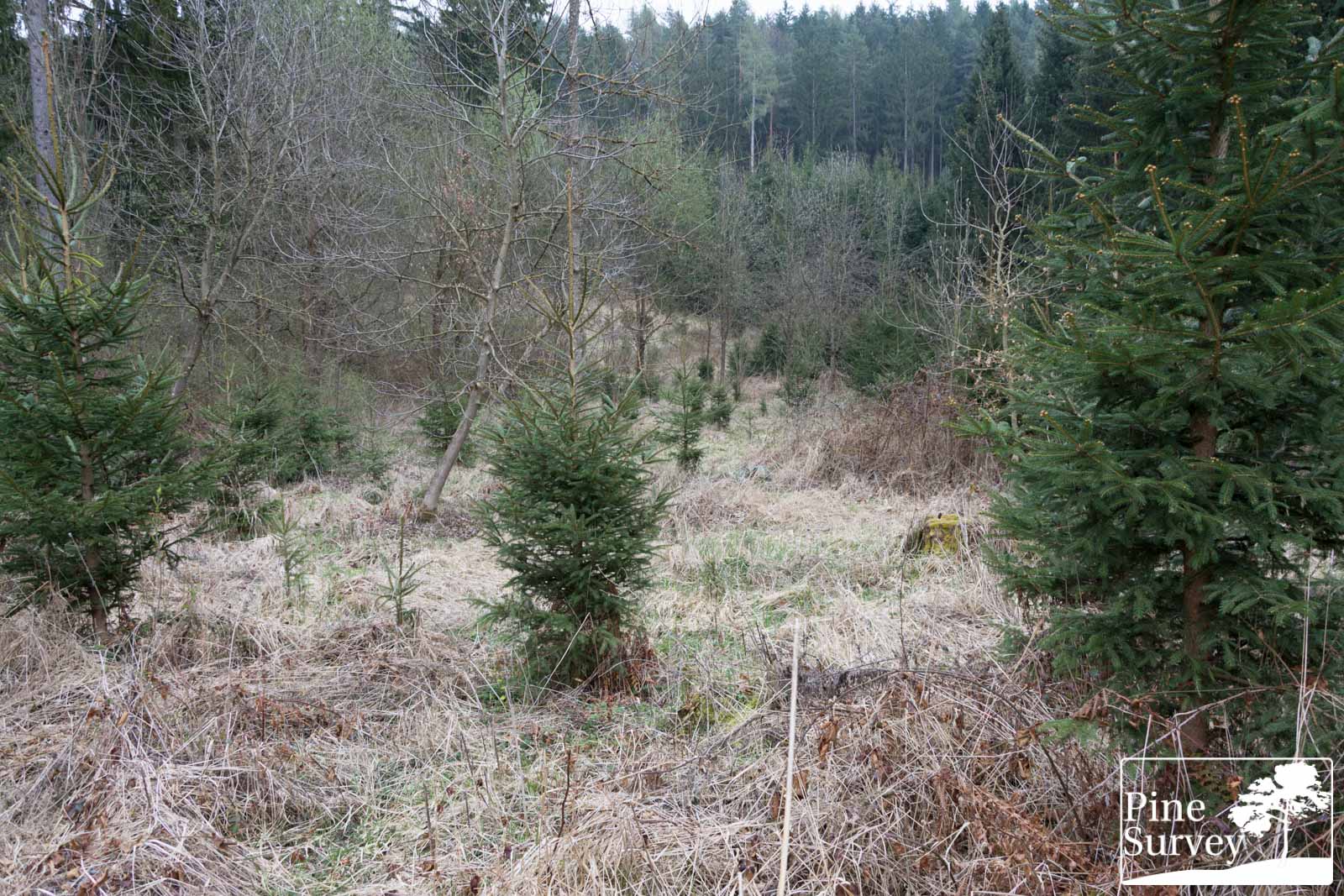
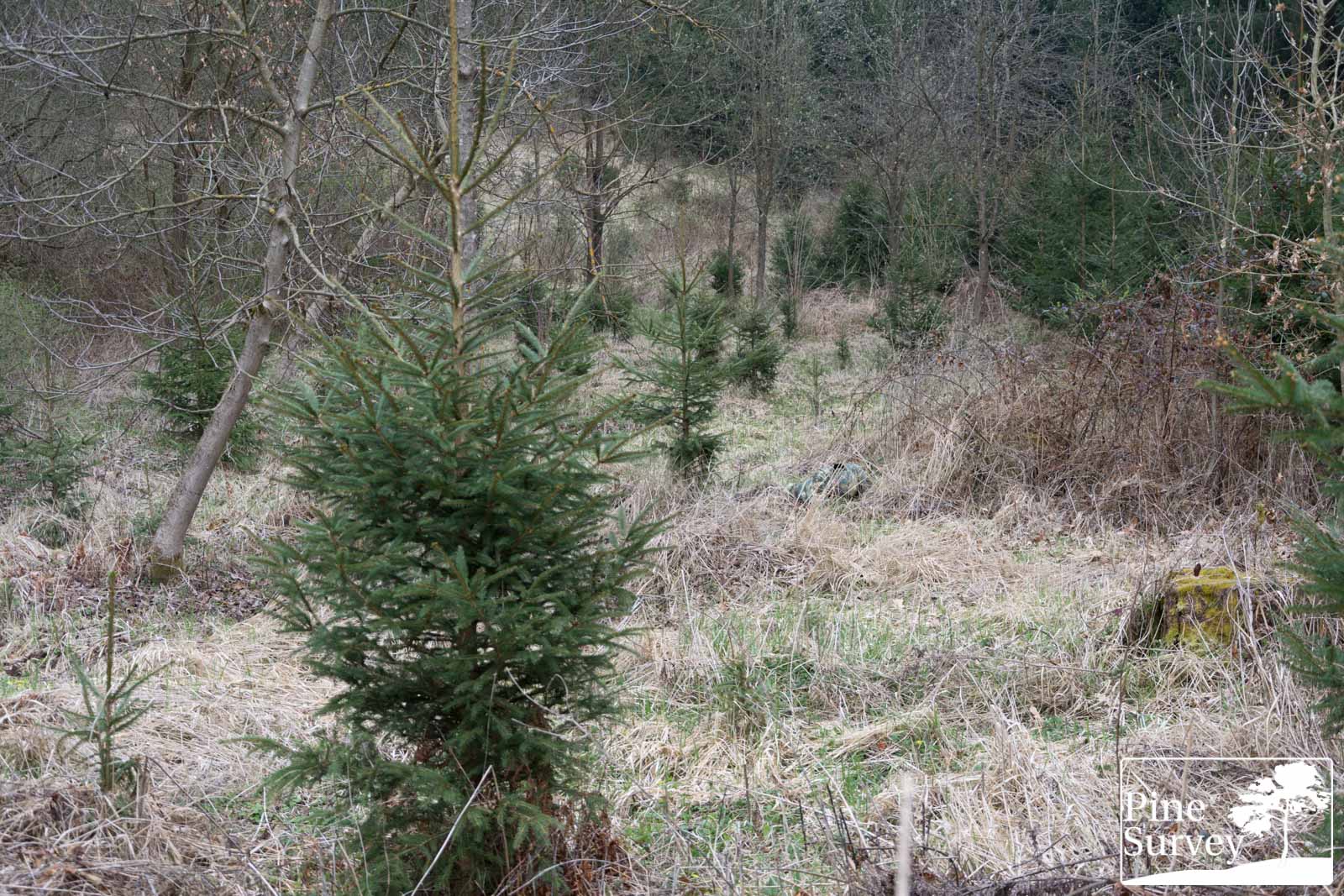
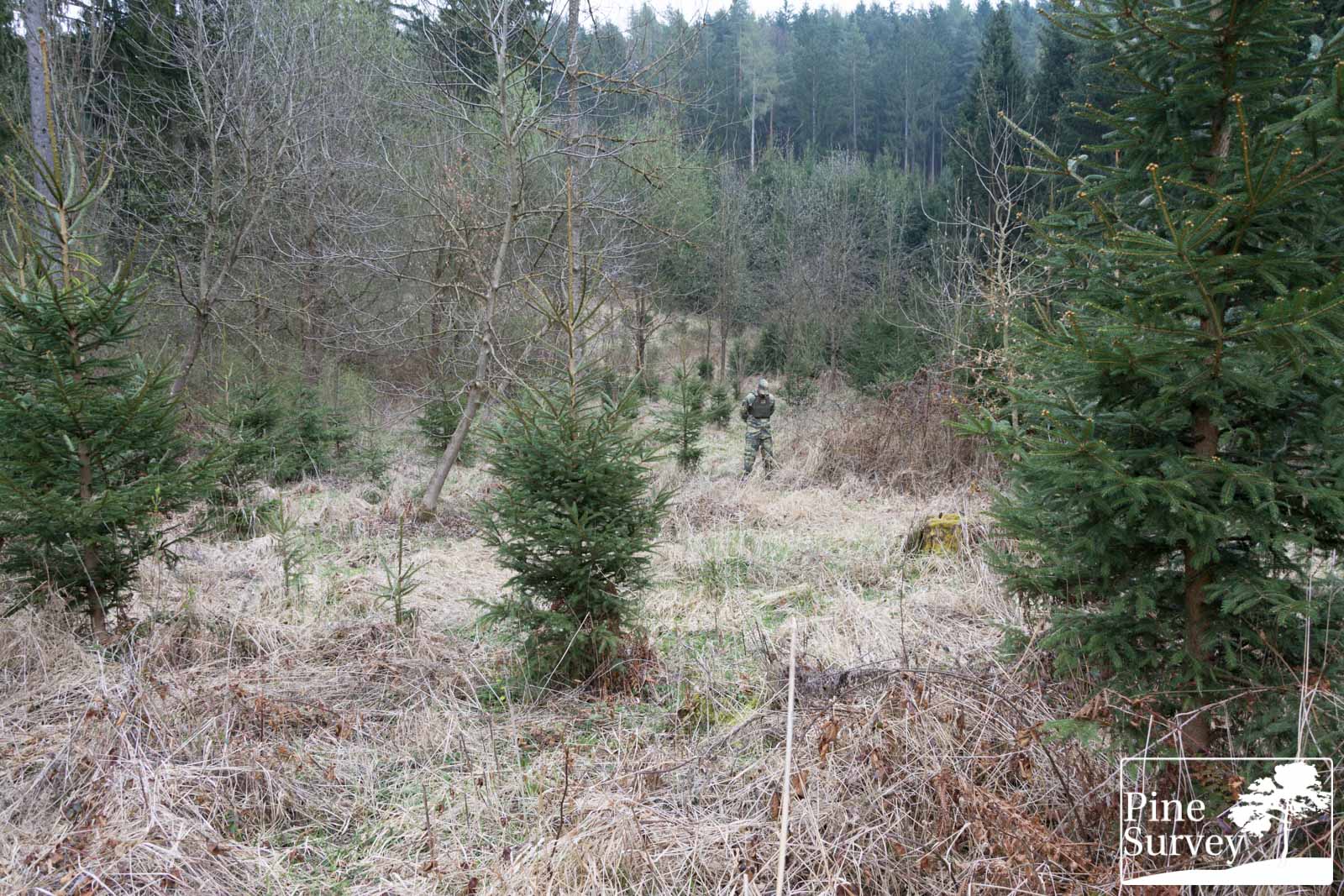
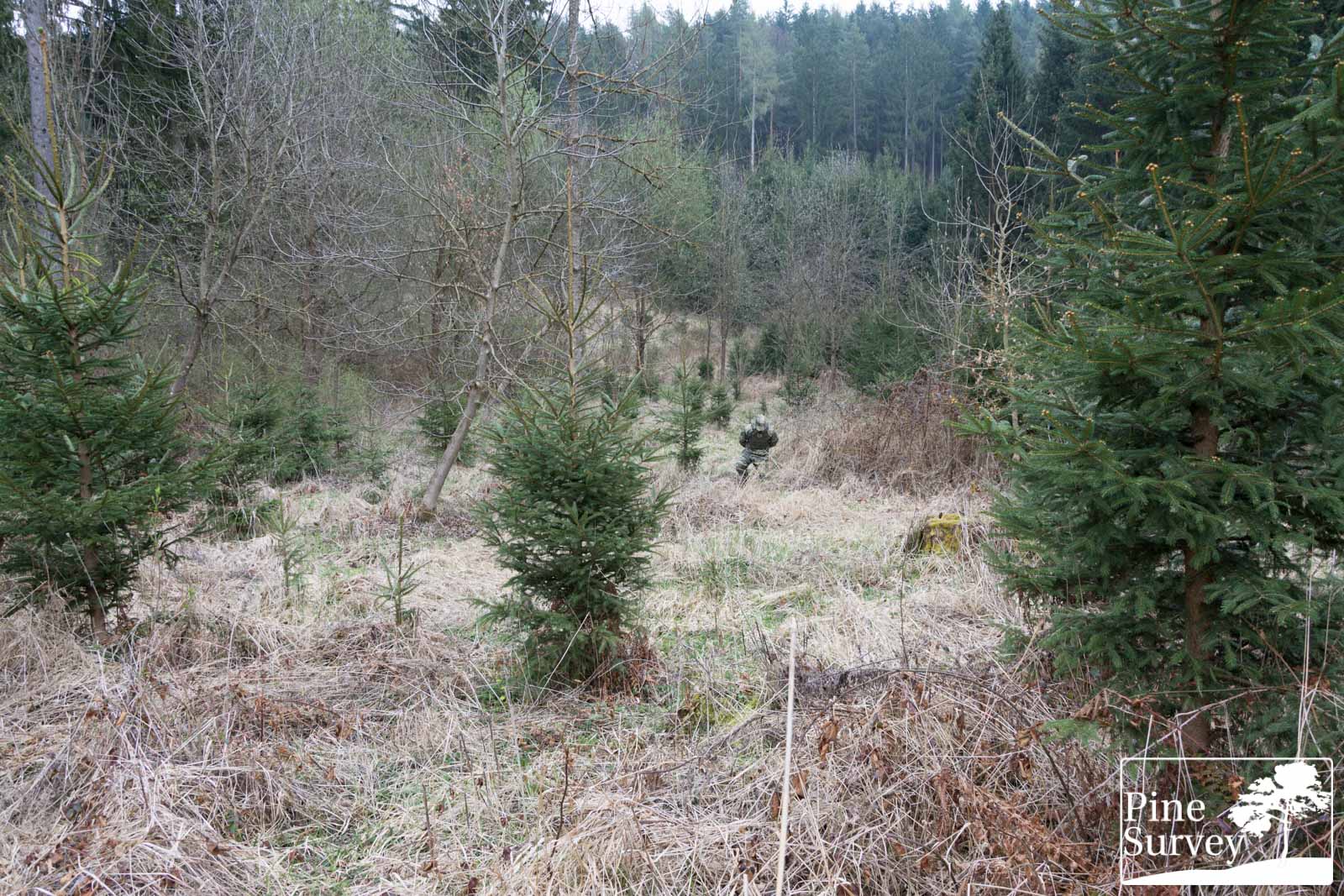
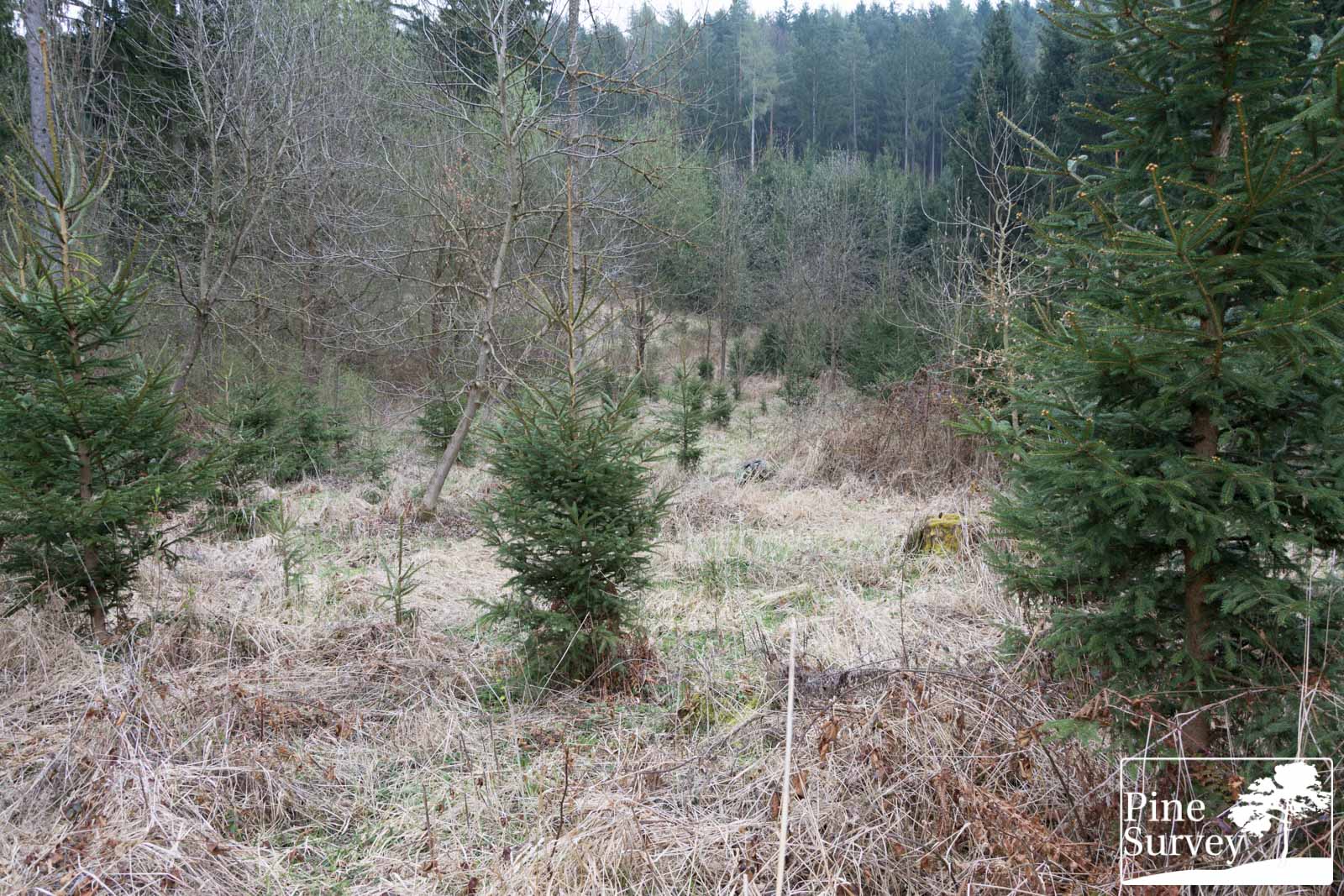
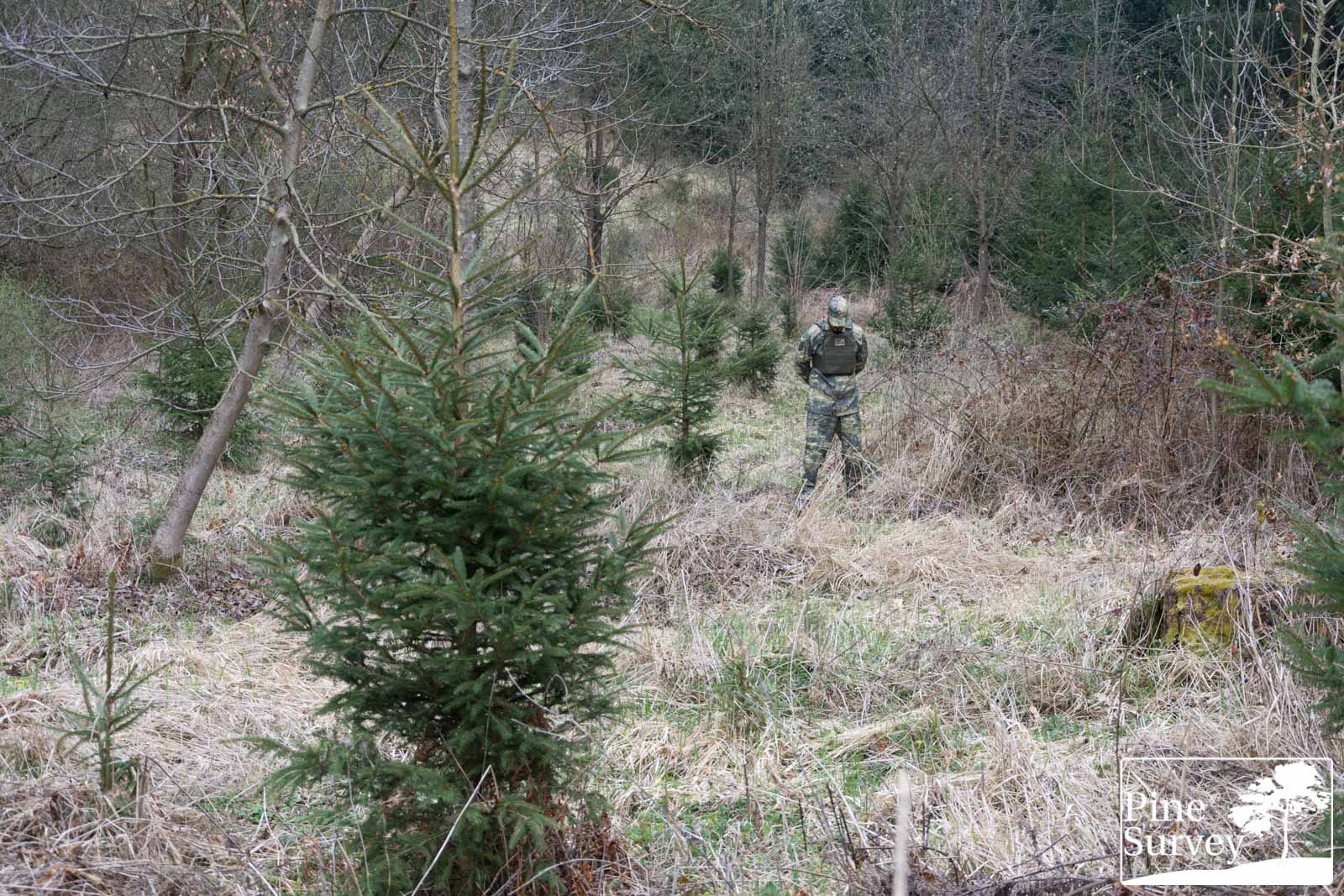
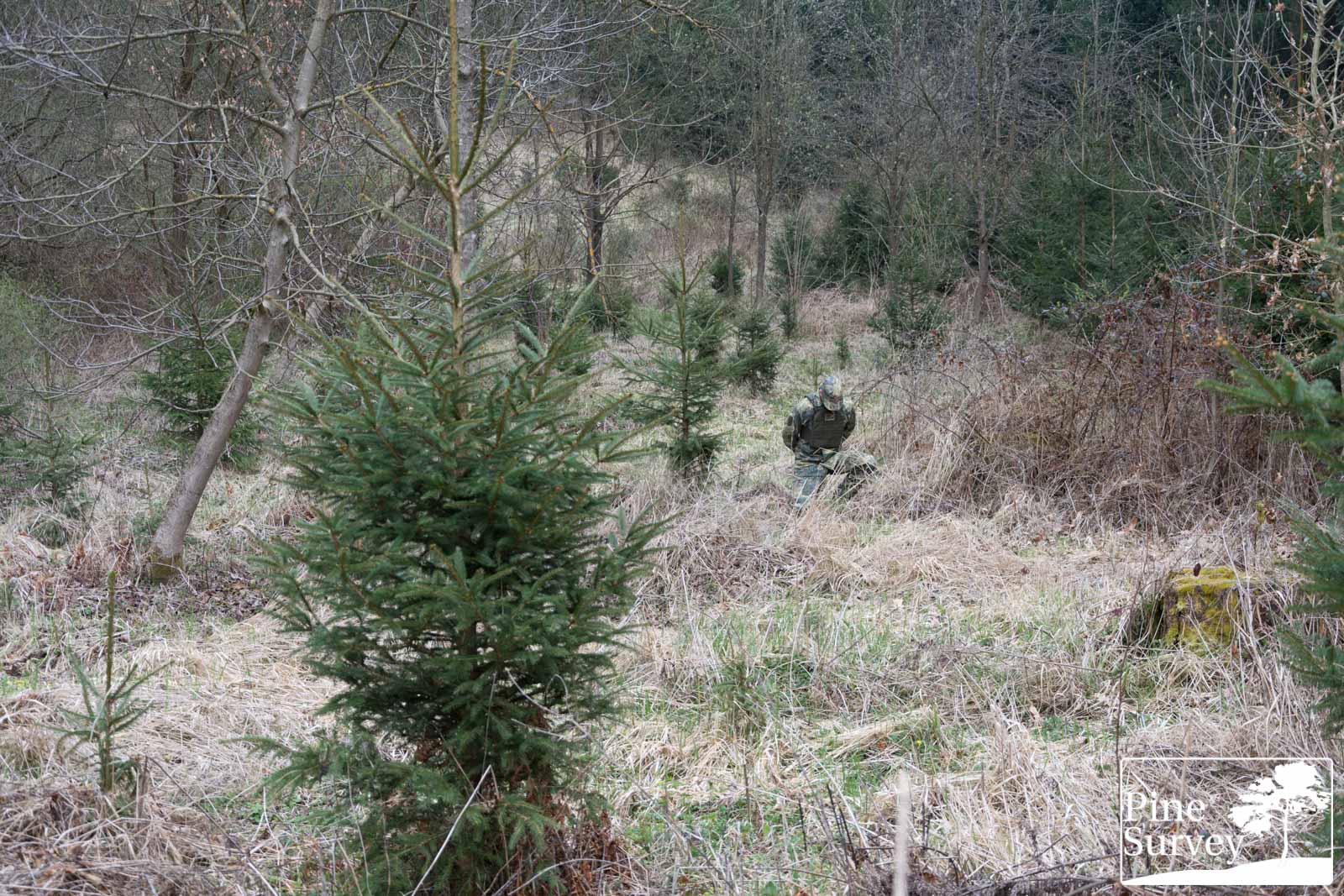
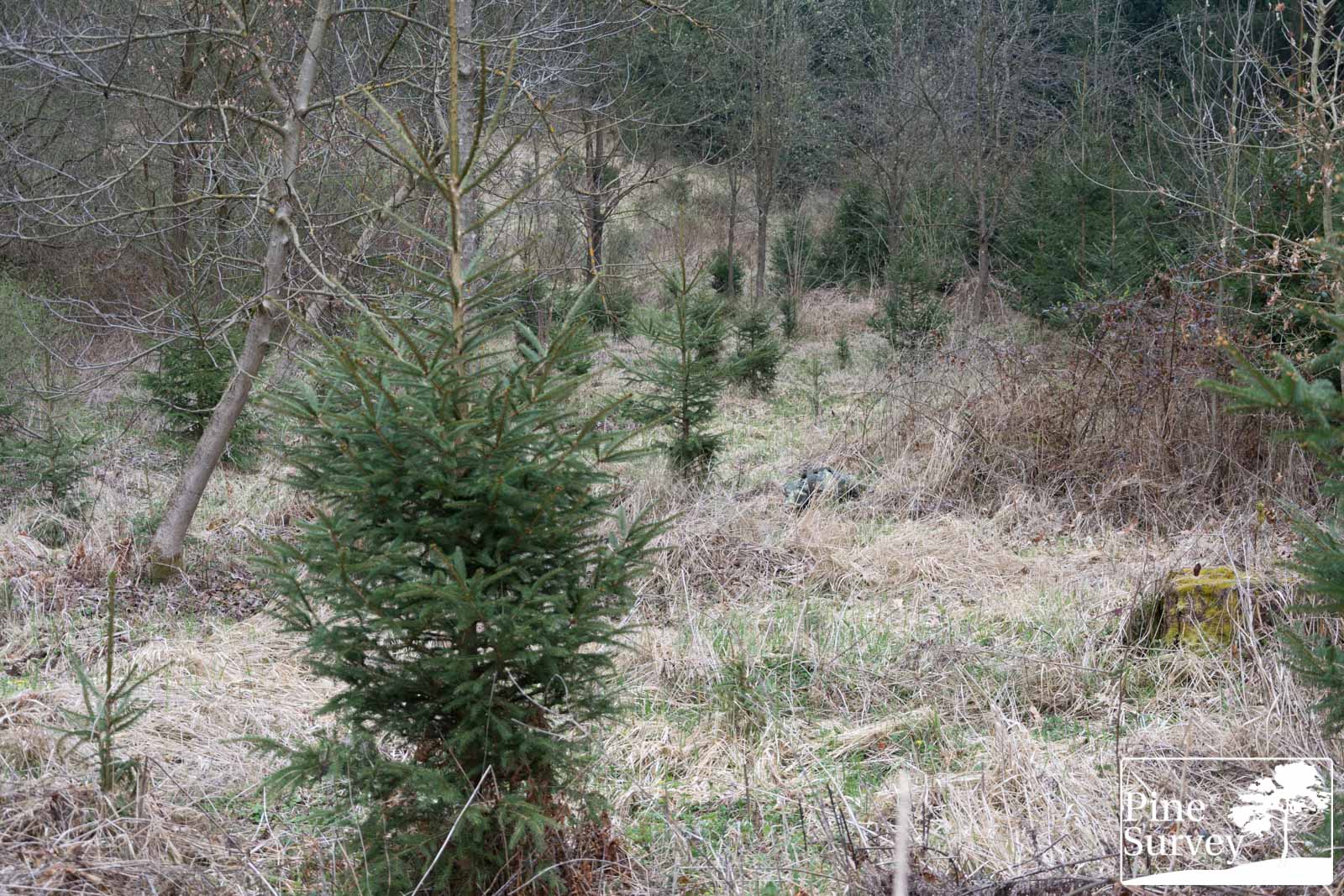
No Comment
You can post first response comment.